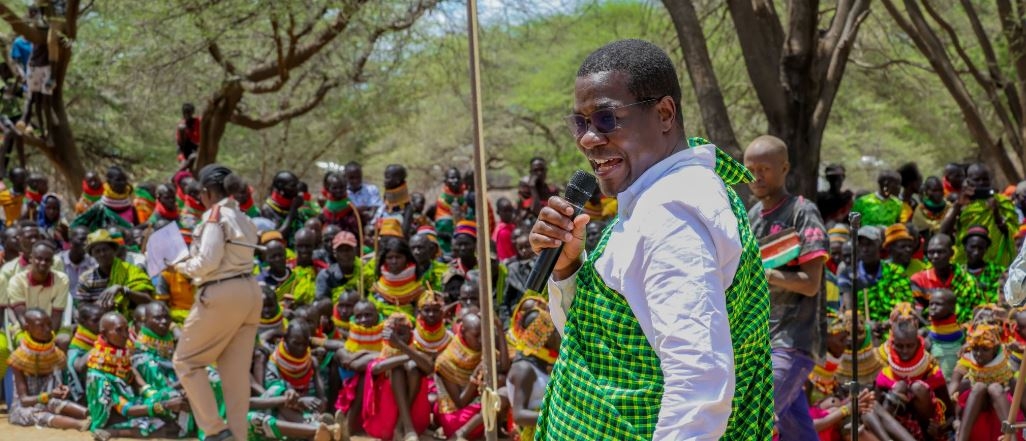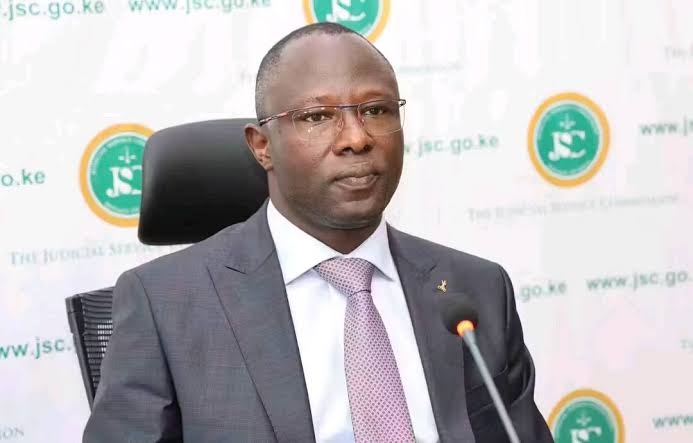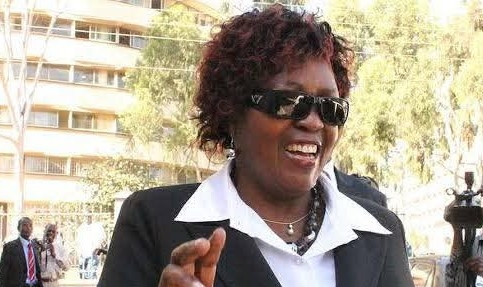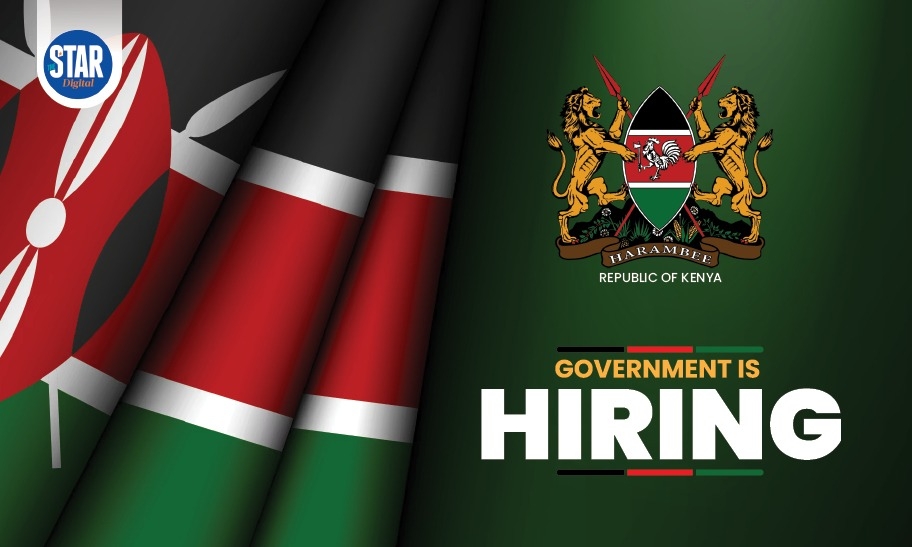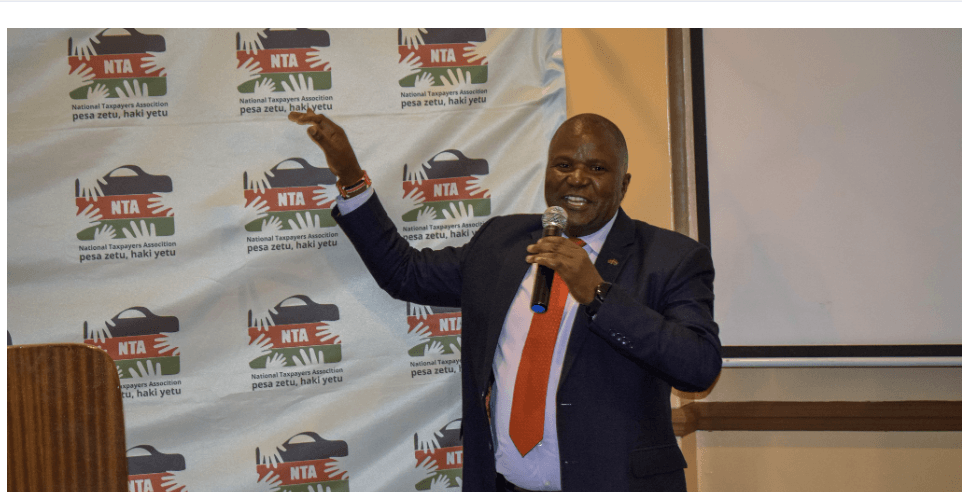Kisumu Governor Anyang’ Nyong’o has called for partnerships and collaboration to combat the burden of sickle cell disease.
He said Kisumu is one of the counties with a high burden of sickle cell disease, adding that one in every five children born in the county is affected either as a carrier to the gene or as a full-blown disease.
Nyong’o was speaking in Nairobi on Saturday during the marking of World Chronic Myeloid Leukemia (CML) day at The Nairobi Hospital.
The governor said the Kisumu health department estimates that every year about 480 children are born with sickle cell disease in the county and about 5,000 with the trait.
“Sadly, majority of these children remain undiagnosed and almost half of those with sickle cell disease do not make it to their fifth birthday,” Nyong’o said.
“And that is where the importance of community health workers comes in, if they are capacitated and trained that when they go to the community this is how to detect and determine somebody who has sickle cell anaemia.”
Nyong’o said the disease requires hydroxyurea, a lifelong drug meant to be used daily to prevent complications.
However, many of those diagnosed cannot afford the drug.
The cost of hydroxyurea is estimated to be Sh50 per tablet forcing thousands of patients to go without the essential drug.
Last week, the Ministry of Health announced plans to lower the cost of hydroxyurea, in an ambitious plan to tame the burden of the disease and alleviate the financial burden borne by patients.
“Our hospital data shows that on average a sickle cell patient suffers five episodes of crisis annually and five to 10 days of hospitalisation per episode,” Nyong’o said.
He said this has become a big burden to the families and caregivers and comes with high productivity losses since caregivers who are usually women spend more than one month every year confined in hospitals hence are unable to attend to their duties.
“These families are exposed to great financial risks that are many times catastrophic to the affected families pulling them into a vicious cycle of poverty.”
In an effort to arrest the situation, Kisumu county has collaborated with partners such as the Consortium on Newborn Screening in Africa is conducting newborn screening and for all children born in Jaramogi Oginga Odinda Teaching and Referral Hospital.
Similarly, the county has established a regional comprehensive cancer and haematological disorder centre at JOOTRH.
Nyong’o said the centre will not only provide a platform for research for the blood cancers and blood disorders but also provide comprehensive treatment for the population affected by the conditions.
In addition, the hospital in partnership with Fortis Hospitals in India is expected to begin performing bone marrow transplant.
“We call for more partnerships in our endeavour to improve the livelihoods of those affected, together we can,” Nyong’o said.
The disease is common across Kenya with high disease burden pockets in Western, Nyanza and Coastal regions, affecting 17 counties.
However, with migration and intermarriage, the condition is being increasingly reported in other regions in the country.
Nationally, it is estimated that 14,000 children are born with sickle cell disease annually according to head of NCDs division at the ministry Dr Elizabeth Onyango.
From the number, about 7,000 die before reaching their fifth birthday.
In the absence of routine newborn screening and appropriate treatment, it is estimated that 50 to 90 per cent of those born with the condition die undiagnosed before their fifth birthday in subSaharan Africa.
The ministry and other partners this month launched ‘Sickle cell Diseases Afya Dhabiti project’, a partnership that seeks to advance sickle cell care in Kenya.
In the plan, efforts will also go towards raising awareness about sickle cell disease based on the fact that those living with sickle cell disease and their families go through a daily struggle marked by pain, stigma, and limited access to comprehensive care.
“It is imperative that we challenge the low level of knowledge in the population,” Health CS Susan Nakhumicha said.
Sickle cell disease is an inherited group of disorders where red blood cells twist into a sickle shape.
The cells die early, leaving a shortage of healthy red blood cells (sickle cell anaemia) and can block blood flow causing pain (sickle cell crisis).




